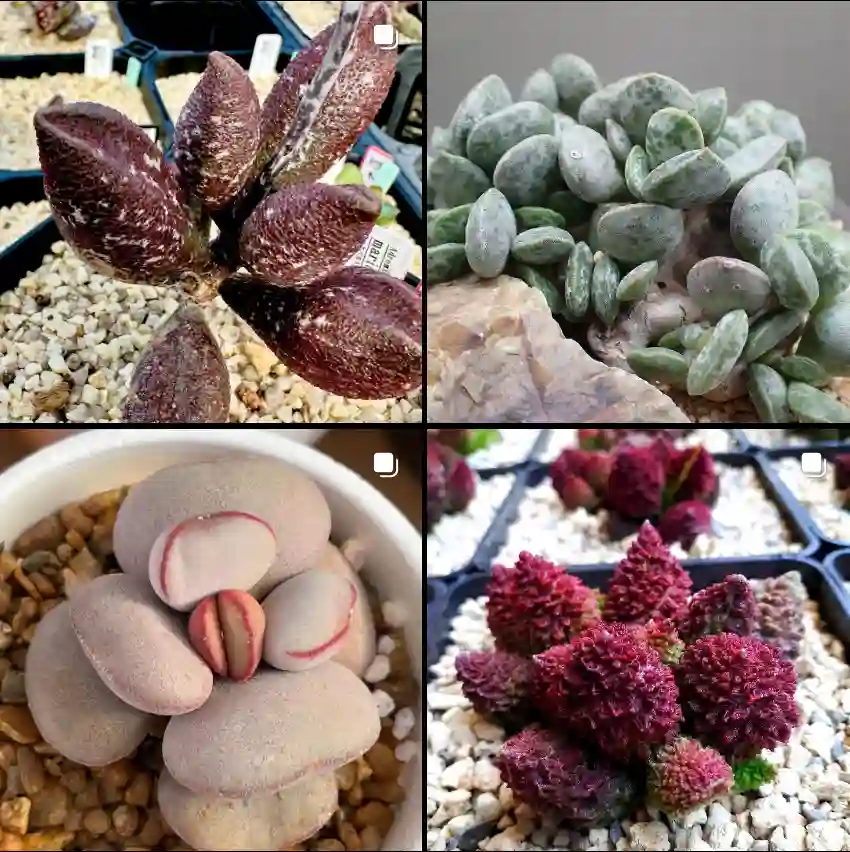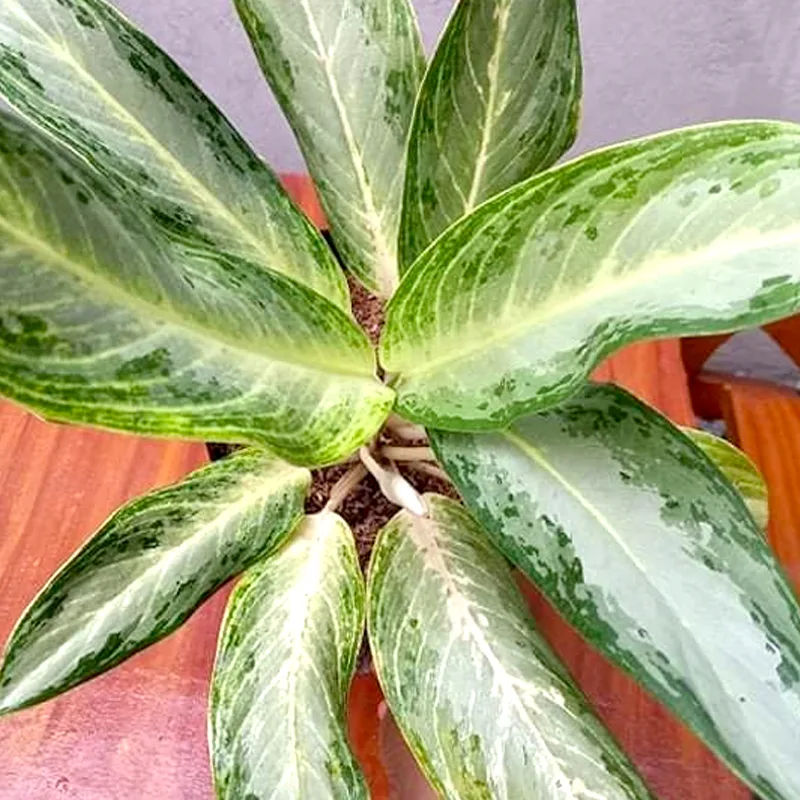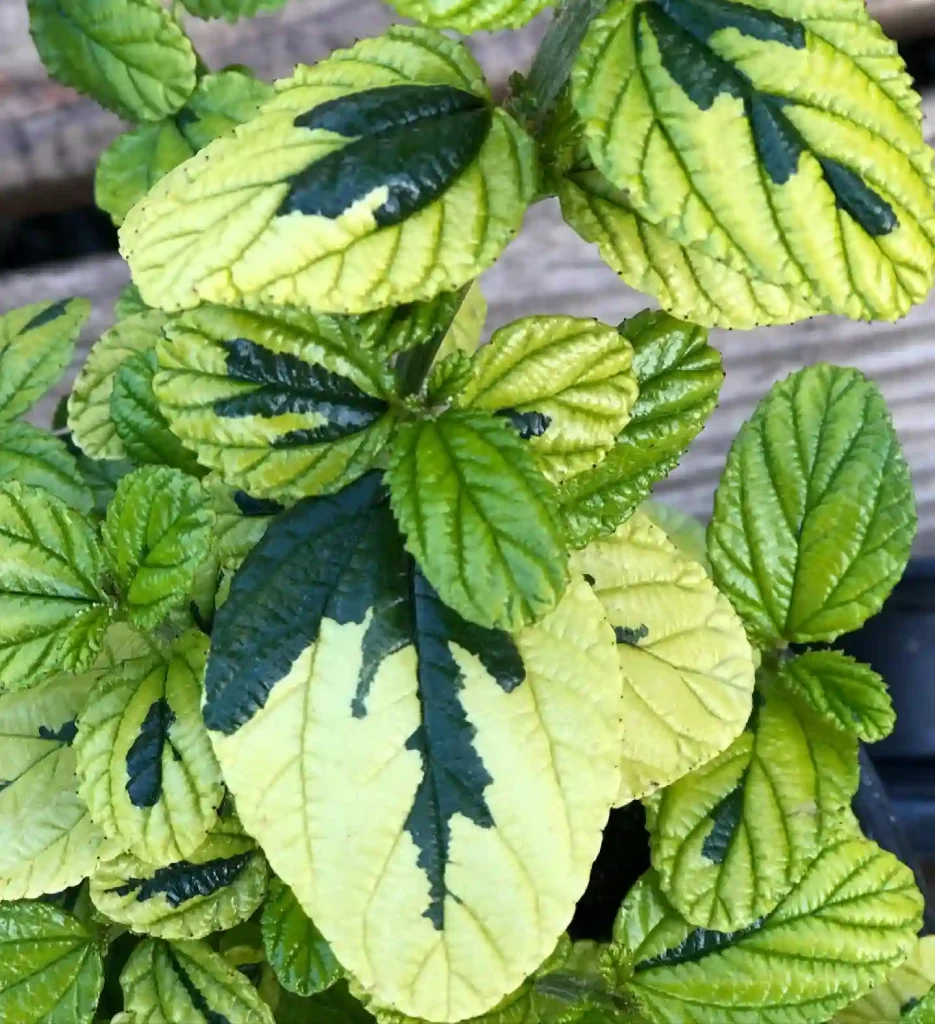Exploring the Cyatheaceae Family: My Journey into the World of Ferns
The Cyatheaceae family, often known for its tree ferns, has fascinated me for years. With its diverse genera, including Alsophila, Calochlaena, Cibotium, and more, each member tells a unique story. My journey into this family has been both enlightening and fulfilling, shedding light on the beauty and intricacies of these remarkable plants.
Understanding the Genera of Cyatheaceae
Alsophila
One of the first genera I encountered was Alsophila. Known for its tall, tree-like structure, it can grow up to 20 feet. I remember visiting a botanical garden and standing in awe before a massive Alsophila specimen. The fronds were lush and arching, creating a stunning canopy. It’s fascinating how these ferns can thrive in a variety of environments, from tropical rainforests to temperate woodlands.
Calochlaena
Next on my journey was Calochlaena, often found in Southeast Asia and the Pacific Islands. The distinct, erect habit of these ferns caught my attention. The leaves are pinnate, resembling a graceful feather. I appreciate how Calochlaena adds texture to the landscape. It’s a reminder of how delicate and yet resilient nature can be.
Cibotium
Cibotium is another fascinating genus. I remember learning about the species Cibotium chamissoi, commonly known as the Hawaiian tree fern. The way its fronds unfurl, resembling spirals of green, is a sight to behold. These ferns thrive in moist, shady environments, making them perfect companions for other shade-loving plants.
Culcita
The genus Culcita is often overlooked but deserves attention. I stumbled upon it during my research and was captivated by its unique, broad fronds. They create a striking silhouette against the sky. I find these ferns to be a testament to nature’s diversity, each species with its distinct characteristics.
Cyathea
Perhaps the most iconic of the family is Cyathea. Known as the true tree fern, its stature is impressive. I’ve often marveled at the ancient look of Cyathea fronds, which can reach impressive lengths. The sheer size and elegance of these ferns make them a popular choice in gardens and landscapes. Their presence often evokes a sense of the prehistoric, connecting us to a time when ferns dominated the Earth.
Dicksonia
Dicksonia is another genus that has intrigued me. The thick, robust trunks of Dicksonia species are often covered in a fuzzy layer of hair-like structures. It gives them a unique texture, which I find appealing. I recall visiting a forest where Dicksonia ferns thrived in the undergrowth, adding a touch of mystique to the environment.
Gymnosphaera and Lophosoria
As I continued my exploration, I encountered Gymnosphaera and Lophosoria. These genera showcase the incredible adaptability of ferns. Gymnosphaera, with its compact form, is often used in landscaping, while Lophosoria’s creeping nature makes it an excellent ground cover. Each genus adds value to our gardens and natural habitats, enhancing biodiversity.
Loxsoma and Loxsomopsis
The unique shapes of Loxsoma and Loxsomopsis piqued my curiosity. Their fronds often have a lobed appearance, setting them apart from other genera. I appreciate how these ferns can thrive in varying climates, from temperate to tropical regions. Their resilience is a reminder of nature’s ability to adapt and flourish in diverse conditions.
Metaxya and Plagiogyria
Metaxya and Plagiogyria offer additional diversity within the Cyatheaceae family. Metaxya’s broad, umbrella-like fronds create a striking visual impact. Meanwhile, Plagiogyria, with its distinctive leaf shapes, has become a favorite of mine for shady spots in the garden. Each genus enriches the tapestry of the Cyatheaceae family.
Sphaeropteris and Thyrsopteris
The final genera I explored were Sphaeropteris and Thyrsopteris. Both are known for their large, sprawling fronds, adding drama to any garden. I remember planting Sphaeropteris in my garden and watching it flourish. It became a focal point, attracting the admiration of friends and family alike.
The Importance of Cyatheaceae in Ecosystems
The Cyatheaceae family plays a crucial role in various ecosystems. These ferns provide shelter and habitat for numerous species. They also contribute to soil health by preventing erosion and maintaining moisture levels. In my garden, I’ve noticed how planting tree ferns has attracted birds and beneficial insects, creating a thriving ecosystem.
Conclusion: My Ongoing Love for Ferns
My journey through the Cyatheaceae family has deepened my appreciation for ferns and their ecological significance. Each genus, from Alsophila to Thyrsopteris, offers something unique, reminding me of nature’s incredible diversity. As I continue to cultivate my knowledge and passion for these remarkable plants, I encourage others to explore the world of ferns. There’s so much to learn and discover, and I believe that anyone can find joy in the beauty of the Cyatheaceae family.
If i die, water my plants!



